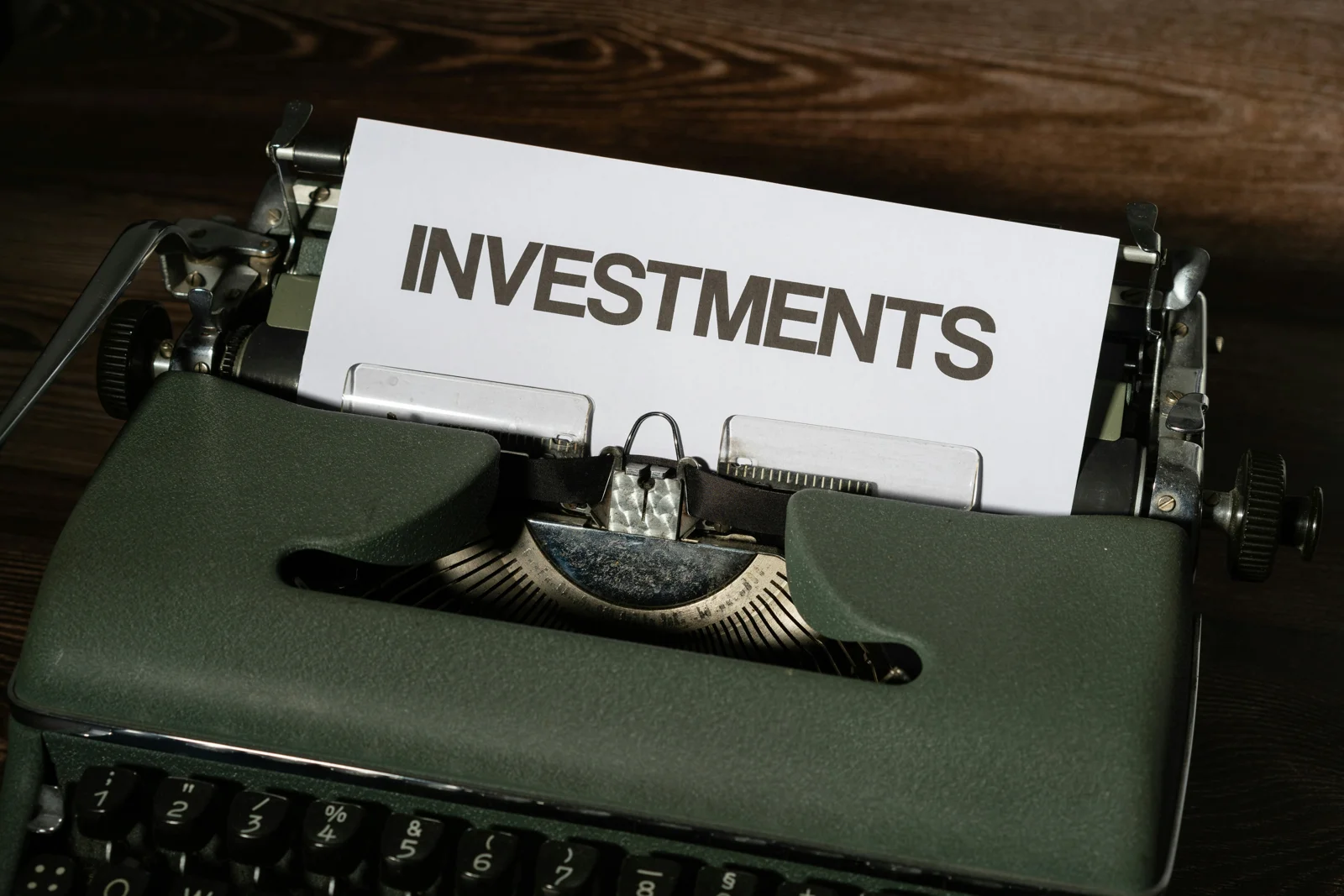As a business owner, choosing between leasing and financing equipment can significantly impact your cash flow, operational agility, and long-term growth. While both options help you acquire essential tools without paying the full price upfront, they differ in structure, cost, and benefits. So how do you decide which one suits your business best? Let’s break it down.
What Is Equipment Leasing?
Equipment leasing is essentially a rental agreement. Your business uses the equipment for a specific period (often 12 to 60 months), paying fixed monthly installments. At the end of the lease, you typically have options: return the equipment, renew the lease, or buy it at a predetermined value.
Advantages of leasing:
- Lower upfront costs
- Easy equipment upgrades
- Tax-deductible payments (in many cases)
- Ideal for fast-changing tech industries
Consider leasing if:
- You need to preserve cash flow
- Your equipment depreciates quickly (e.g., tech, vehicles)
- You expect to upgrade frequently
What Is Equipment Financing?
Equipment financing, on the other hand, is a loan used to purchase equipment. Your business owns the equipment from day one but pays it off over time. After the loan term ends, you fully own the asset.
Advantages of financing:
- You build equity in the asset
- Potential resale value
- No need to return equipment after term
- Often available even with lower credit
Consider financing if:
- The equipment has a long useful life
- You prefer ownership over flexibility
- The asset holds its value well (e.g., construction equipment)
Leasing vs. Financing: Key Differences
Ownership
- Leasing: You don’t own the equipment (unless you buy it at the end)
- Financing: You own the equipment once the loan is paid off
Upfront Costs
- Leasing: Low to none
- Financing: May require a down payment
Monthly Payments
- Leasing: Lower monthly payments
- Financing: Typically higher payments
Maintenance
- Leasing: Sometimes included in the contract
- Financing: Maintenance is your responsibility
Tax Benefits
- Leasing: Often fully deductible as an operating expense
- Financing: You can deduct depreciation and interest
Flexibility
- Leasing: High (easy to upgrade or return equipment)
- Financing: Lower (you’re tied to the asset)
Cost Comparison Over Time
While leasing may look cheaper month-to-month, financing often costs less long-term if you keep the equipment for several years. However, the flexibility and upgrade potential of leasing can outweigh that for fast-evolving industries.
Pro Tip: Always compare the total cost of ownership (TCO), not just monthly payments.
Which Option Fits Your Business?
Leasing is best if:
- You need to keep up with rapid innovation
- Your cash reserves are limited
- You’re in early growth stages
Financing is best if:
- You’re planning to use the equipment long-term
- You want full ownership
- Your business has stable revenue
How Fincap Can Help
At Fincap, we support Canadian businesses with both leasing and financing options. Whether you're a startup or a growing SME, our advisors help you evaluate your financial situation, industry, and growth goals to find the right path forward.
Let’s simplify your next move—get in touch with our team for a free consultation and explore flexible, tailored solutions that fit your needs.
Conclusion
Choosing between equipment leasing and equipment financing isn't just a financial decision—it’s a strategic one. Think beyond monthly costs and consider how each option aligns with your business goals. By making an informed choice today, you can position your company for long-term success.

